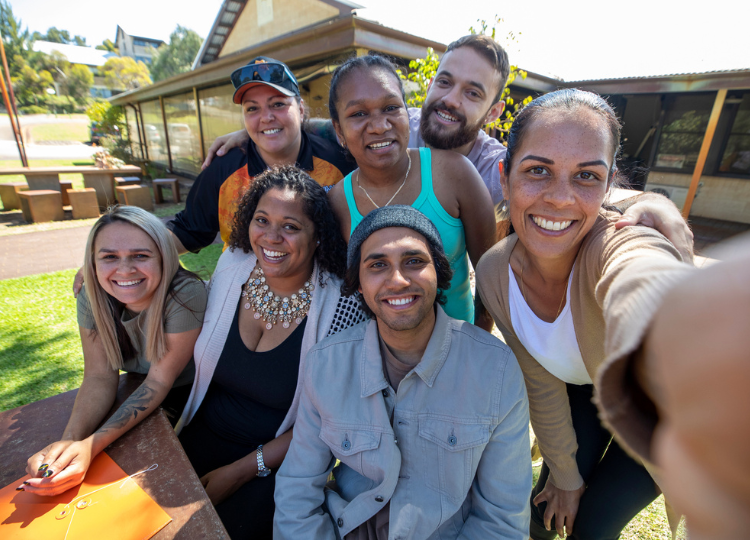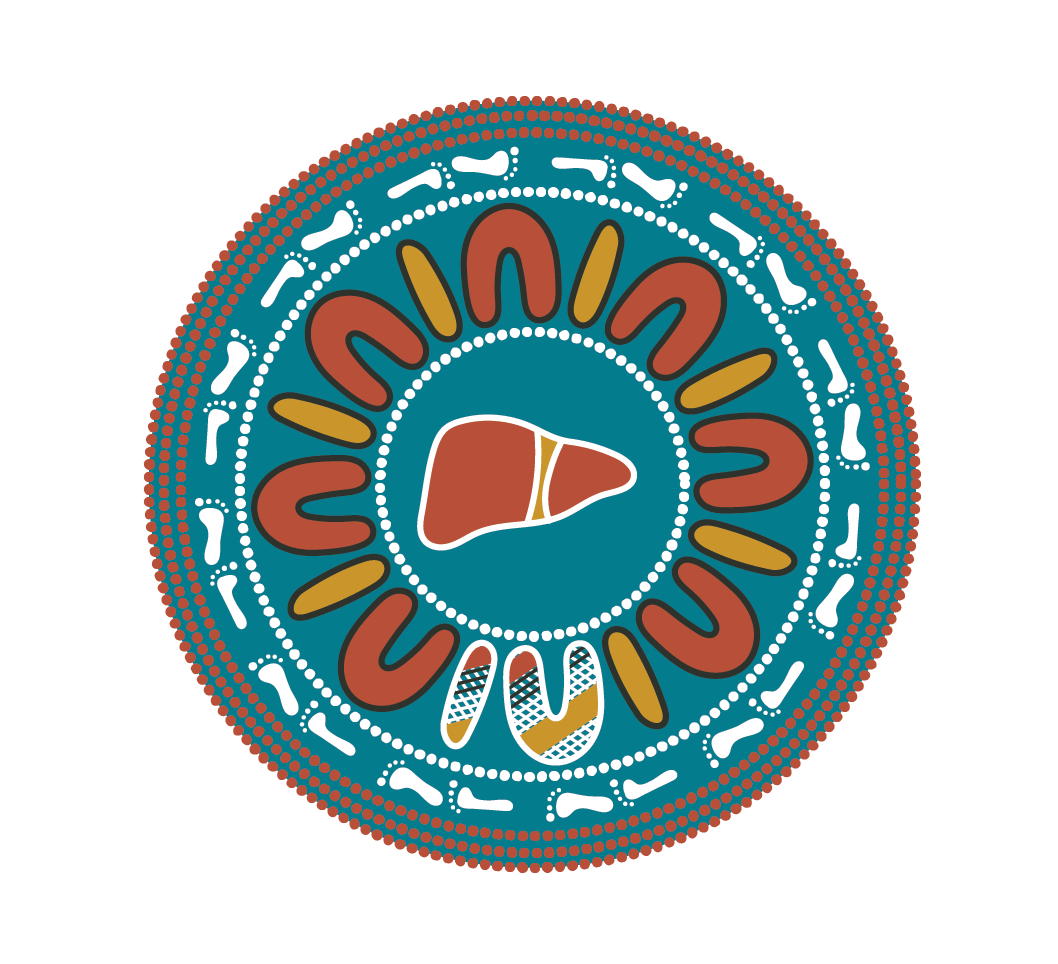Almost 35,000 Queenslanders are living with hepatitis B.
1 in 10 people living with hepatitis B are Aboriginal or Torres Strait Islander.
Hep B Care
Bec’s Story
Powerful and Free tells the story of Bec’s experience with chronic hepatitis B. Since her diagnosis Bec has come to understand there is a lack of knowledge about hep B – both from health care providers and the First Nations community.
“Education is very important for our mob because, you can live a well life, you can live an active life with hepatitis b, but you have to have the right information,” Bec said.
The film explores the relationship Bec has with her doctor and how this connection has helped her to successfully manage her hepatitis B.
Hepatitis B is a health condition that requires a united approach. It involves individuals, communities and health services working together to educate and empower families and community to B Stronger together.
What is hep B?
Hepatitis B is a virus that can cause inflammation and damage to your liver. If left unmonitored and untreated it can cause chronic liver disease and liver cancer.
The hepatitis B virus is found in blood and sexual fluids. It is most commonly transmitted from mother to child during birth and delivery as well as unprotected sex, sharing injecting drug equipment and unsterile tattooing.
Most people with hep B will be asymptomatic and it can take many years for symptoms to begin. A blood test is the only way to know if a person has hepatitis B.
Did you know?
Hepatitis B is a leading cause of liver cancer.
1 in 3 people don’t know they have hepatitis B.
Over 75% of people with hep B are not getting regular check ups.
Check ups are essential to help prevent liver cancer and liver failure.
Over 75% of people with chronic hepatitis B are not seeing their doctor for regular check-ups.
B Stronger
Without regular monitoring chronic hepatitis B can cause serious damage to your liver, such as fibrosis, cirrhosis, liver cancer and liver failure. In fact, without regular blood tests and ultrasounds, up to one in four people with hepatitis B will die of liver cancer or liver failure.
The good news is people with chronic hepatitis B can lead healthy lives. With regular tests every six months and treatment when needed, liver cancer can be prevented.
A hepatitis B check up involves a series of blood tests and a liver scan to look for changes to the virus and the person’s overall liver health.

Get involved
We can provide your team with tools and resources containing everything you need to know about hepatitis B testing, vaccinations and check ups.
Hepatitis B education for health and service provider staff.
Practical resources to help start conversations about hepatitis B.
Eye-catching merchandise to help raise awareness of hepatitis B.
About the Artwork
The B Stronger artwork (pictured right) was commissioned as part of the B Stronger hepatitis B education project and signifies the many individuals, communities and health services working together to target hep B.
Artist Joe Malone, who runs Jagalingu Aboriginal Creations, has provided a detailed description of the many elements that make up the art piece:
“Hep B is a health condition that requires a united approach. It involves individuals, communities, and health services working together and this art piece captures these elements.
The small circles, lines and crosshatching represent the song lines and story lines urging communities to attend their local Aboriginal Medical Service to yarn about, be tested, be vaccinated, or have a checkup for hep B. The footprints represent the travelling to and from these health services.
The larger circles represent the Aboriginal Medical Services where people have journeyed to and from. These circles include the symbols for male and female to represent both the community members and the staff working in these services. A liver has also been included in the centre of each circle as hep B impacts our liver health. The Hepatitis Queensland staff are the crosshatched symbols sitting in these circles yarning with community and educating them about hep B and liver health.
At the centre of the painting is the Hep B Family Tree which is a visual tool used for hep B education, with the branches reminding us to:
- B Tested
- B Vaccinated
- B Stronger
Sitting around the Hep B Family Tree are figures to represent the individuals in the community who may be at more risk of hep B. These are young people aged 15-25 years, men and women 50 years and over, as well as mum’s with hep B and their bubs.”


